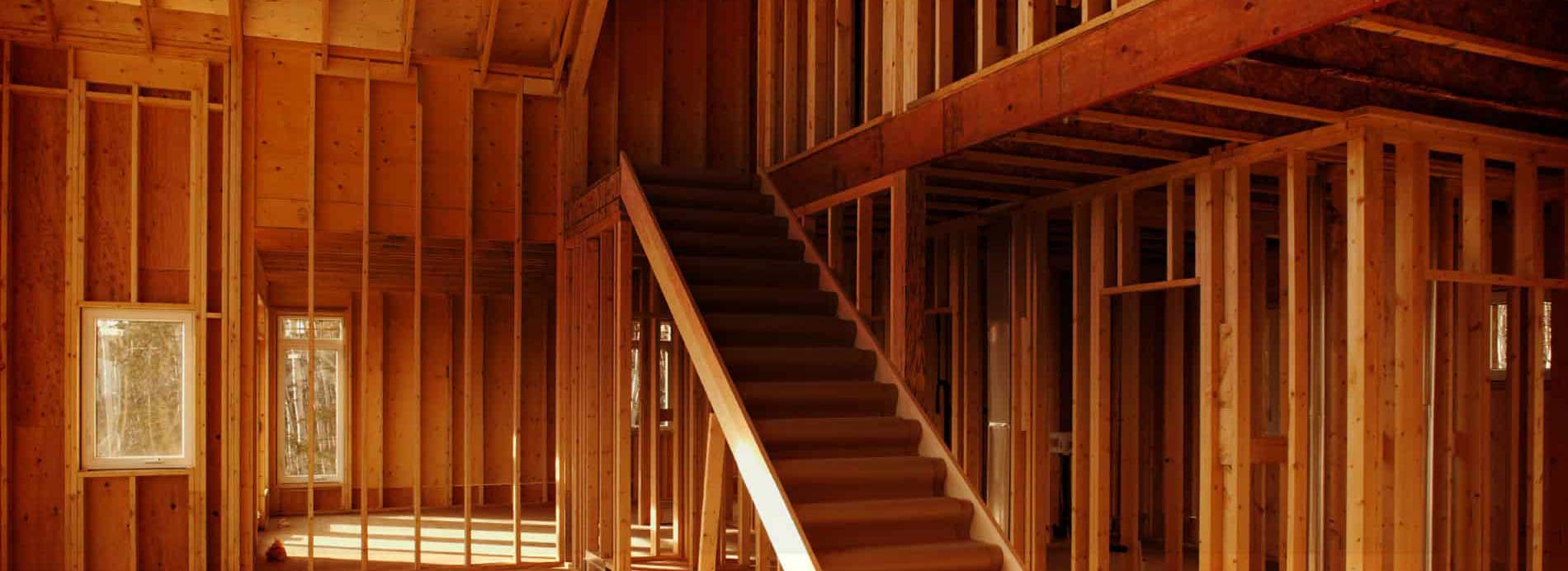Home Builder Solutions to Beat Supply-Chain Challenges
The past two years of supply-chain disruptions, compounded by labor shortages, have forced builders to improvise, adapt and overcome. Throughout these still-challenging times, builders have come up with creative and viable solutions to properly complete homes when the critical path becomes the path less followed. Here are some examples.
1. Window Flashing. To keep projects moving when the windows are nowhere in sight, leave the house wrap stretched over their rough openings, which will help to protect the interior until windows arrive.
2. Structural Elements. Structural sheathing can be interchanged with other more readily available options, but work with your architect or engineer to ensure compliance with the building’s requirements. It’s also important to understand how differences in vapor permeability among sheathing materials affect wall performance. Be aware of and stay close to the wall vapor profile that’s recommended for your climate.
3. House wraps. House wraps vary significantly in permeability ratings and in their ability to function as an air barrier. Do your homework, and be aware of your climate conditions.
4. Insulation. While wall cavity insulation products can be interchanged, they vary significantly in their thermal (R-value) ratings and impact on a wall’s vapor profile. Fiberglass batts and loose-fill products can be used in any climate, but damp-sprayed cellulose isn’t recommended for hot/humid areas. Closed-cell spray foam insulation can be used in any climate and also provides an excellent air barrier.
5. Tile Backers. There are two primary types of wet-area tile backer: those that are surface, and those recommended to be installed over a water-resistant barrier or made to be waterproof on the surface. There’s also a class of waterproof membrane that provide a fully waterproof membrane over a variety of backers that are adequately secured to the framing to bear the weight of the tile. The critical point is to avoid simply swapping out tile backer products without knowing what’s required to make them waterproof.
Before you try alternatives to these critical material specs, perform your due diligence on the differences in their performance, and confer with your architect, engineer and especially your trade partners.
Source: nahb.org





